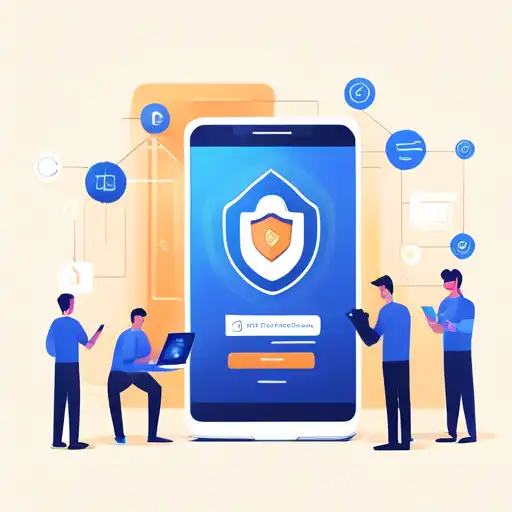Introduction to Mobile App Security
In today's digital age, mobile app security is more important than ever. With the increasing number of mobile users, developers must prioritize security to protect user data and maintain trust. This article outlines the best practices for ensuring your mobile app is secure from potential threats.
1. Secure Your Code
The foundation of any secure mobile app is its code. Obfuscate and minify your code to make it harder for attackers to reverse engineer. Regularly update and patch your code to fix vulnerabilities. Consider using tools like ProGuard for Android and LLVM for iOS to enhance code security.
2. Implement Strong Authentication
Strong authentication mechanisms are crucial for protecting user accounts. Implement multi-factor authentication (MFA) and encourage users to create strong passwords. Biometric authentication, such as fingerprint and facial recognition, can also add an extra layer of security.
3. Encrypt Data
Data encryption is essential for protecting sensitive information. Use strong encryption algorithms like AES-256 for data at rest and TLS for data in transit. Ensure that all sensitive data, such as user credentials and payment information, is encrypted.
4. Secure APIs
APIs are often the weakest link in mobile app security. Ensure that your APIs are secure by using authentication tokens, rate limiting, and input validation. Regularly test your APIs for vulnerabilities using tools like Postman or OWASP ZAP.
5. Regularly Update and Patch
Keeping your app updated is critical for security. Regularly release updates to patch vulnerabilities and improve security features. Encourage users to update their apps by highlighting the importance of security updates.
6. Use Secure Backend Services
Your app's backend services must also be secure. Use secure hosting providers, implement firewalls, and regularly monitor for suspicious activity. Ensure that your backend services comply with industry standards like GDPR and HIPAA.
7. Test for Security Vulnerabilities
Regularly test your app for security vulnerabilities. Use penetration testing and static/dynamic analysis tools to identify and fix vulnerabilities. Consider hiring a third-party security firm to conduct thorough security audits.
8. Educate Your Users
User education is a key component of mobile app security. Provide clear guidelines on creating strong passwords, recognizing phishing attempts, and enabling security features. Regularly communicate with your users about the importance of security.
Conclusion
Mobile app security is a continuous process that requires vigilance and proactive measures. By implementing these best practices, developers can significantly reduce the risk of security breaches and protect their users' data. Stay updated with the latest security trends and technologies to keep your app secure.
For more insights on mobile app development, check out our mobile development tips.
